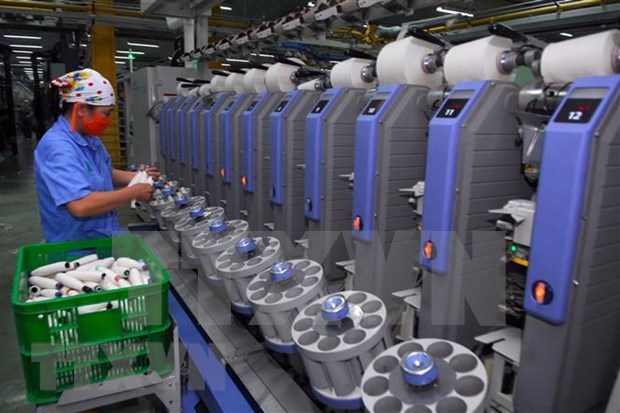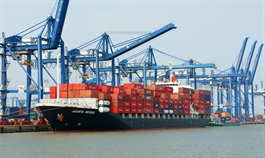Gov’t urged to develop legal framework for direct lending for SME development
Gov’t urged to develop legal framework for direct lending for SME development
The Government has been urged to develop a legal framework for the Small- and Medium-sized Enterprises (SMEs) Development Fund in terms of direct lending, in addition to trust and indirect lending services provided through commercial banks, to provide broader access to soft loans by SMEs.

Illustrative photo. (Source: VNA)
|
The Government has been urged to develop a legal framework for the Small- and Medium-sized Enterprises (SMEs) Development Fund in terms of direct lending, in addition to trust and indirect lending services provided through commercial banks, to provide broader access to soft loans by SMEs.
According to the Ministry of Planning and Investment, since the fund was put into operation more than three years ago, it has helped SMEs enhance their operational effectiveness, increase profits, and create more jobs. Many firms have paid off loans early.
The fund was established by the Government in 2013 with a charter capital of 2 trillion VND (86.7 million USD).
In response to COVID-19, last year the fund lowered its lending interest rates to 2.16 percent for short-term loans and 4 percent for medium- and long-term ones to help pandemic-hit enterprises weather the storm.
To improve the fund’s effectiveness, UNDP Resident Representative in Vietnam Caitlin Wiesen stressed the need to have a better understanding of the financial ecosystem for SMEs in Vietnam and a strategic role for a new lending channel to boost existing domestic funding.
Funding must come from both the public and private sectors to meet the ever-changing needs of SMEs and it is, therefore, important to develop a strong, effective, and sustainable lending mechanism to remove credit barriers facing SMEs, she noted.
SMEs account for about 98 percent of the more than 800,000 registered enterprises in Vietnam. They create over 1 million new jobs, employ around 5 million workers, and make up some 45 percent of GDP and 31 percent of the State budget revenue annually.
























